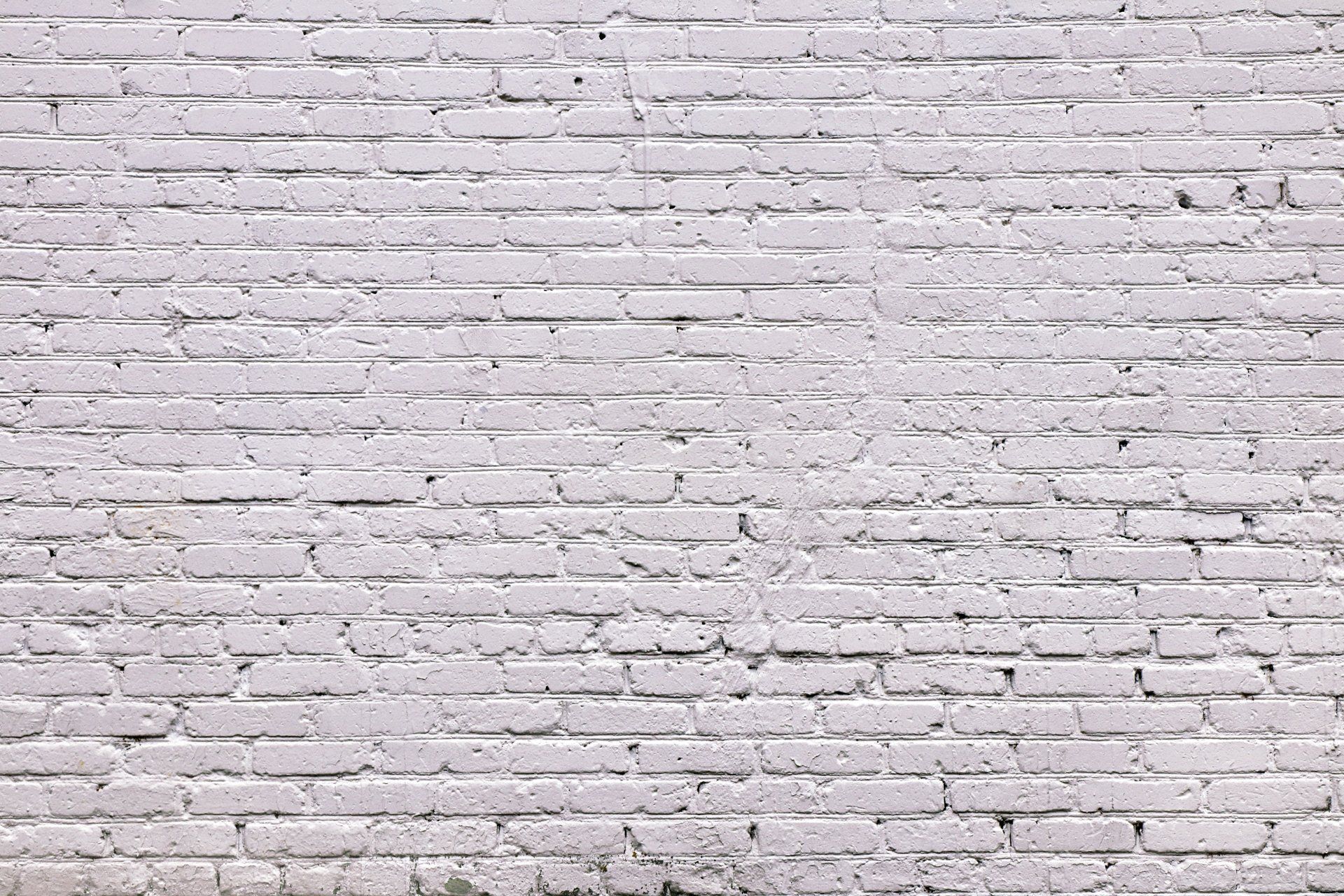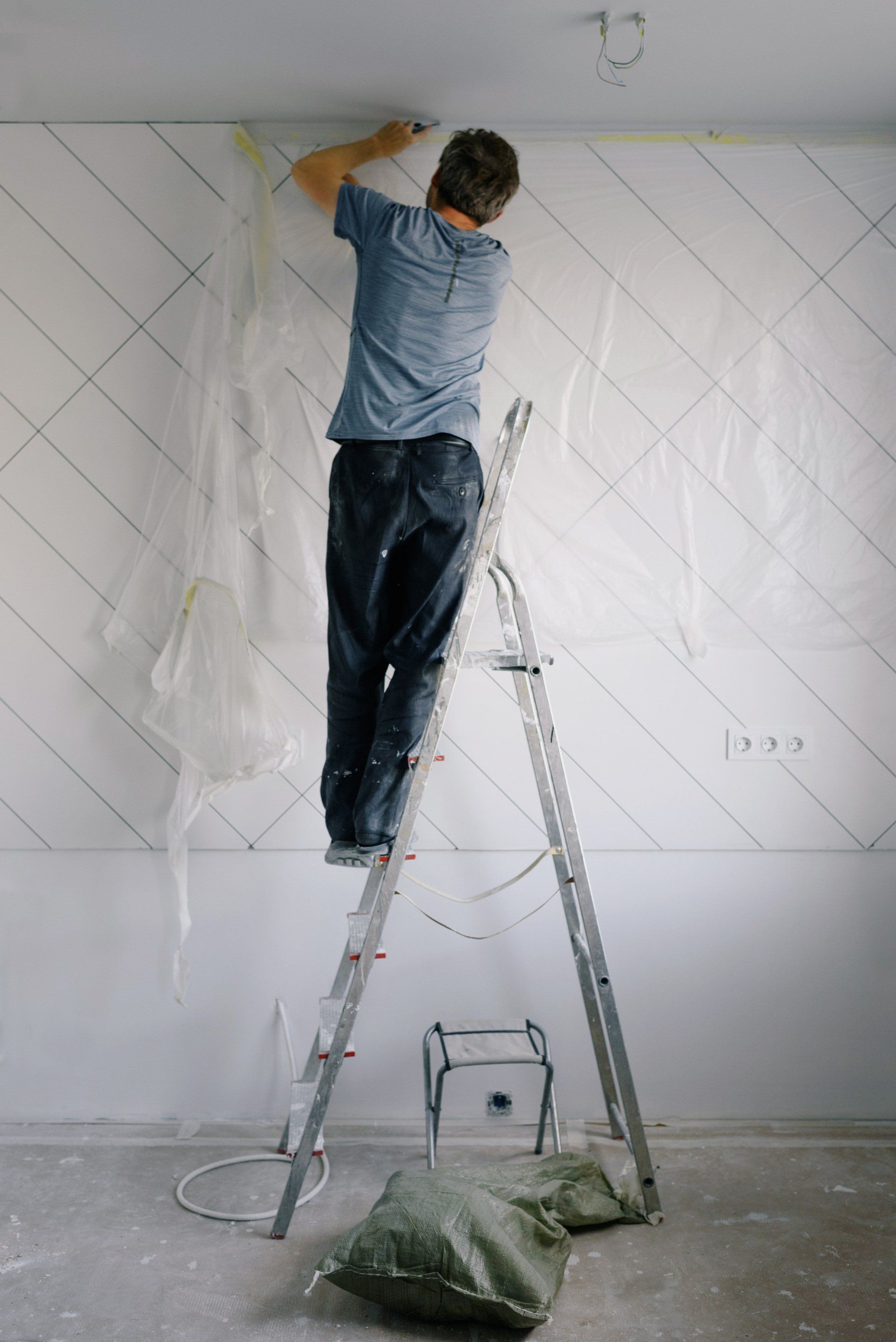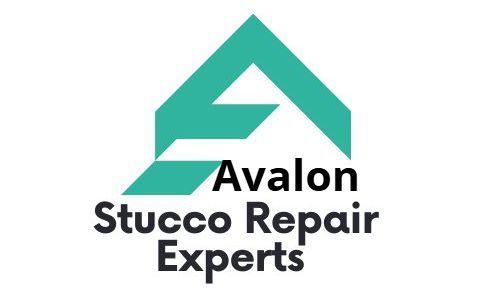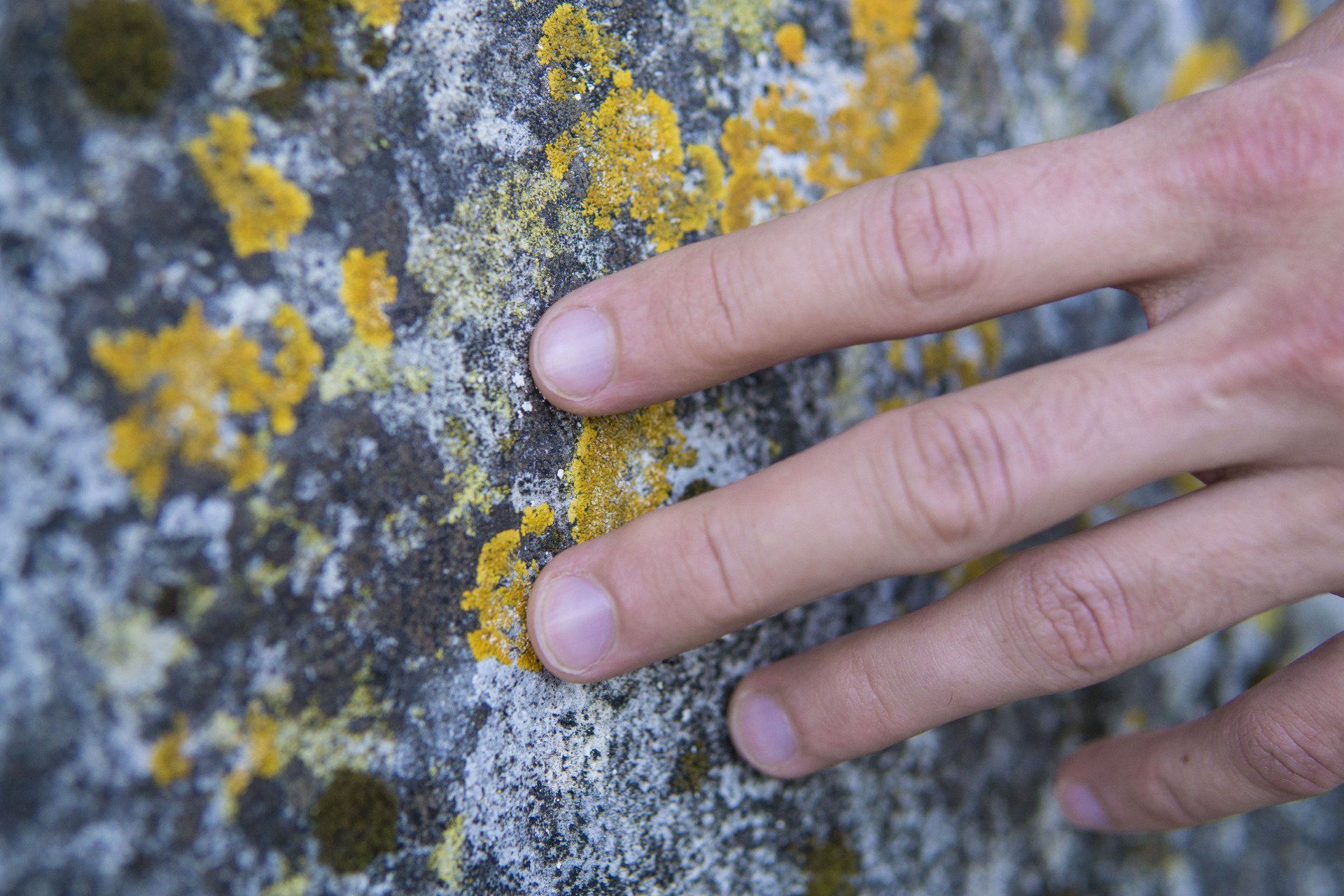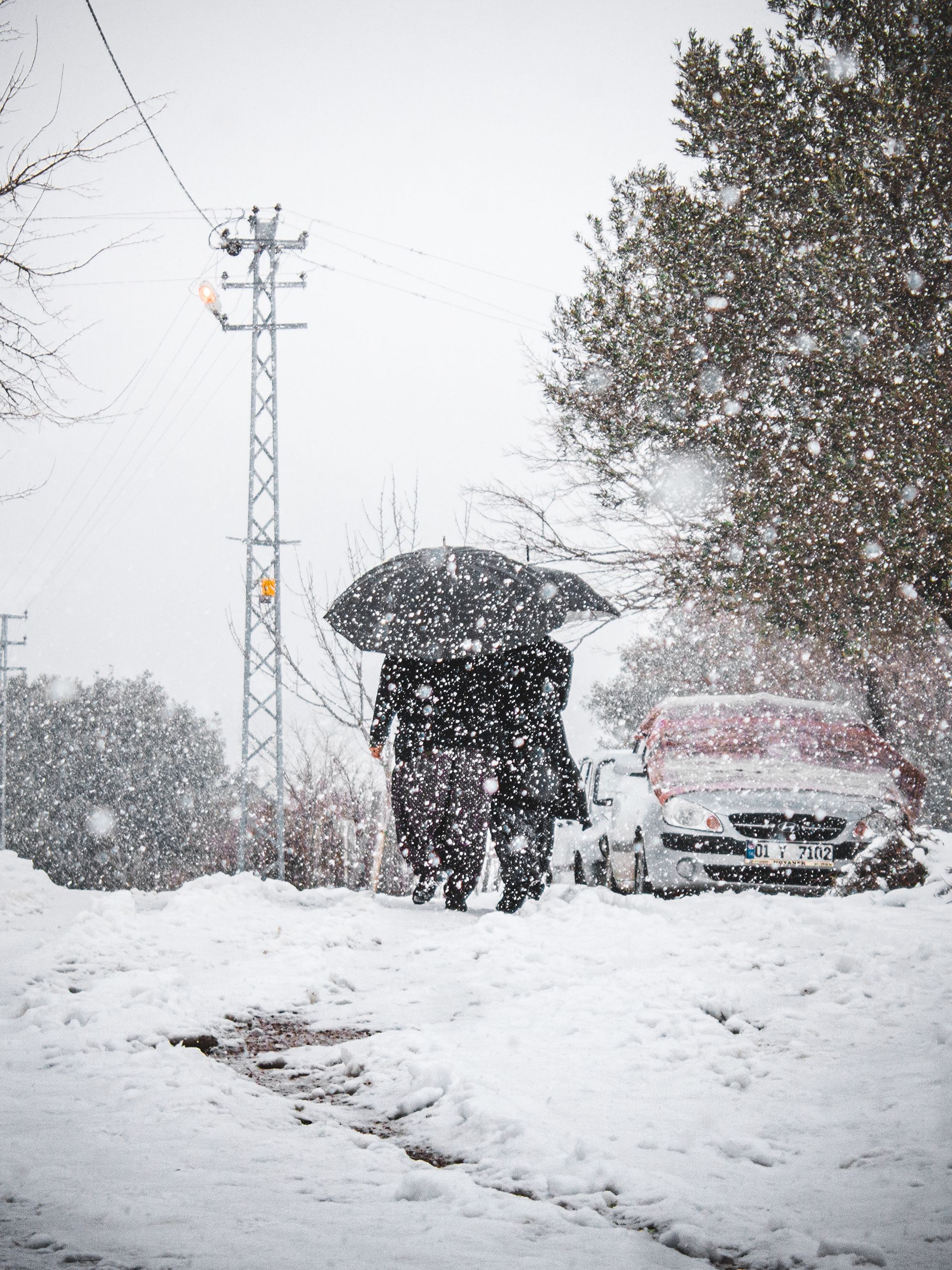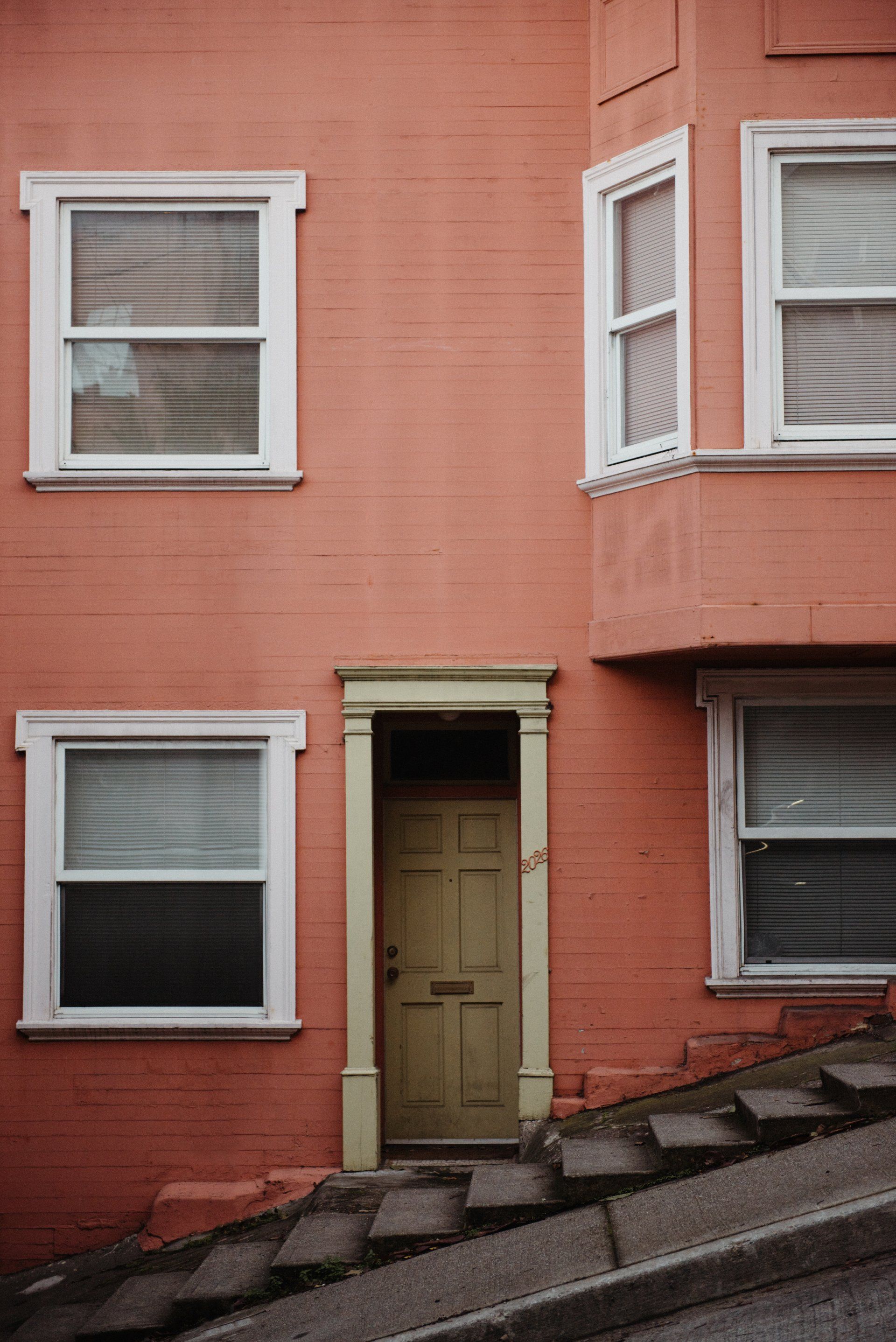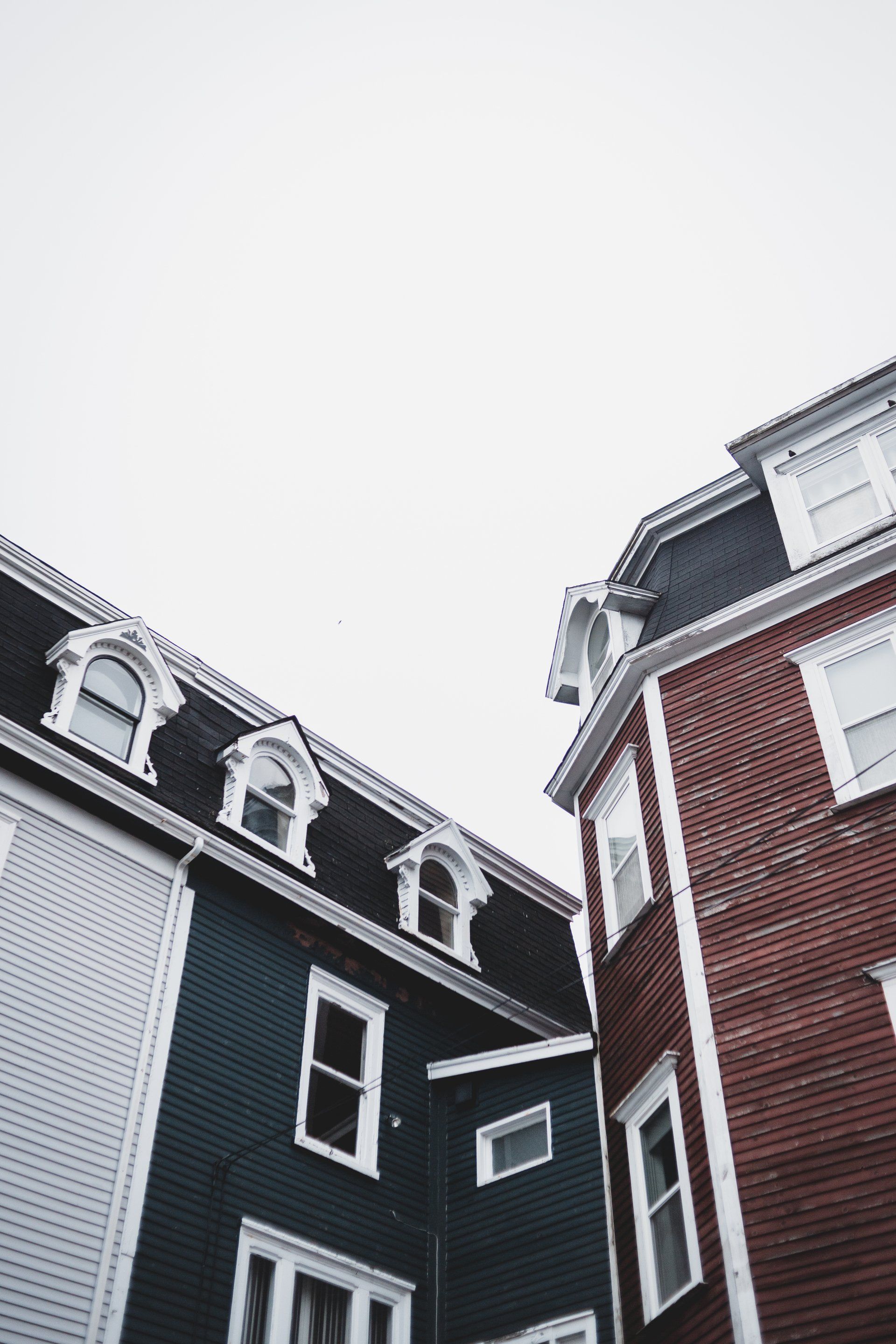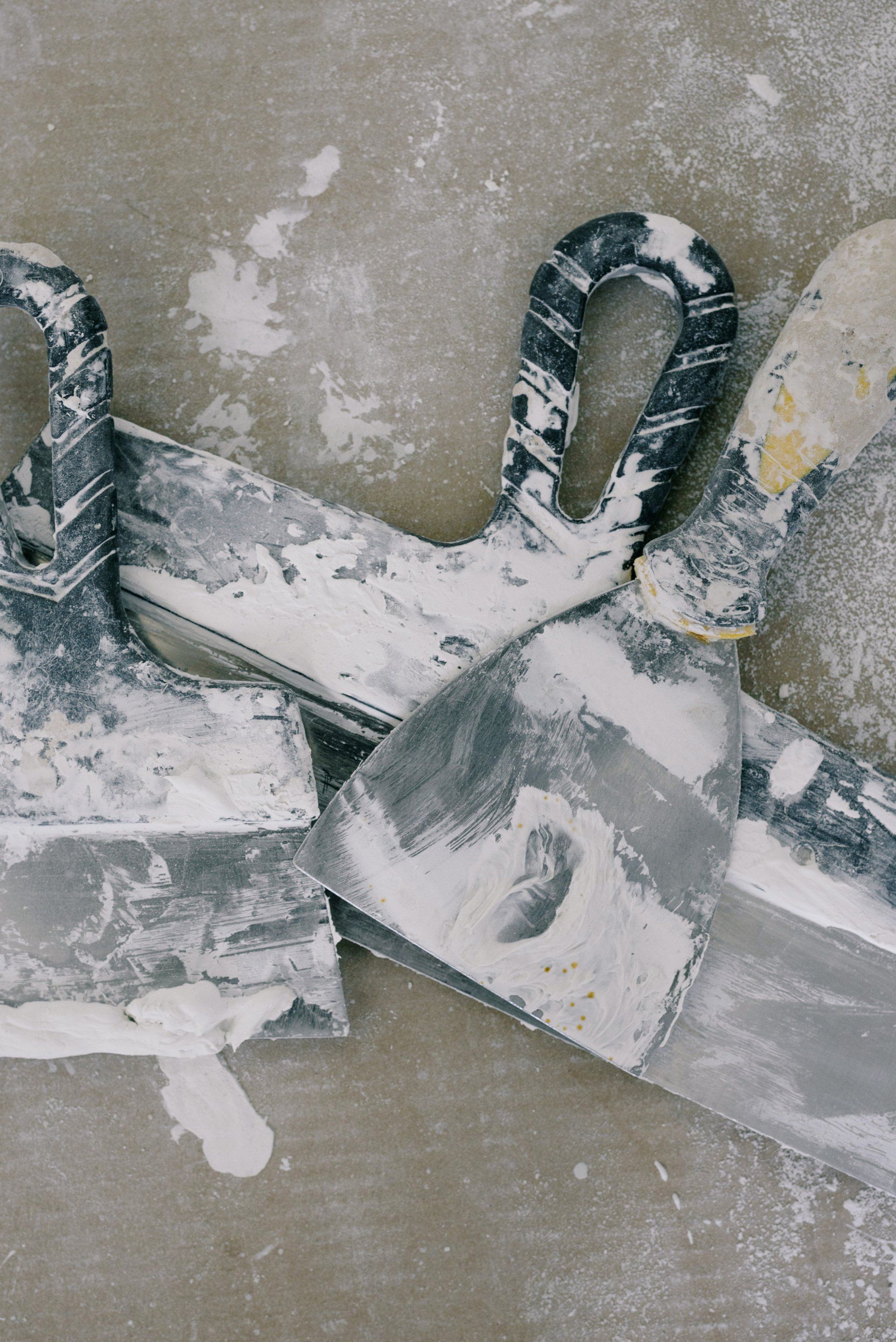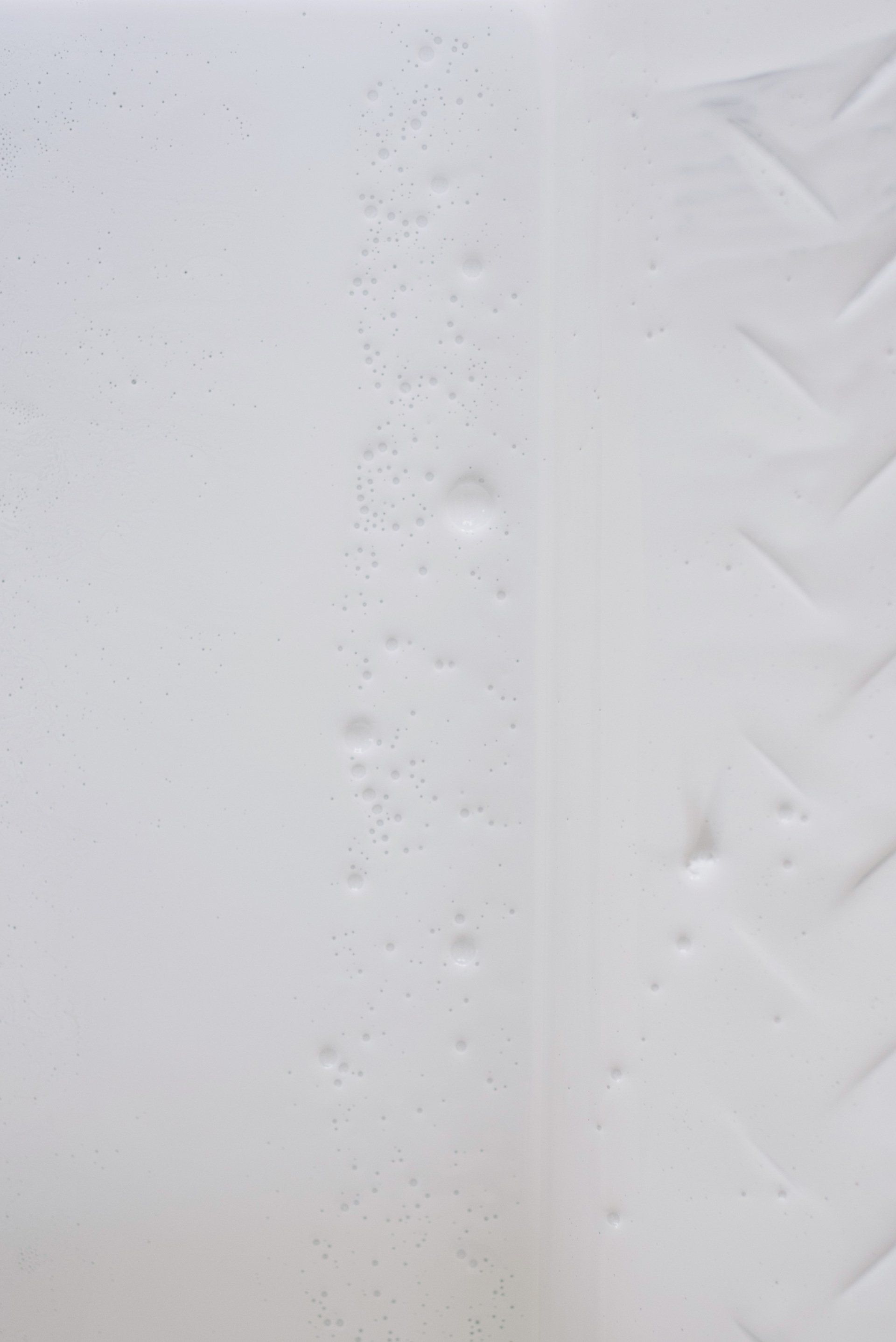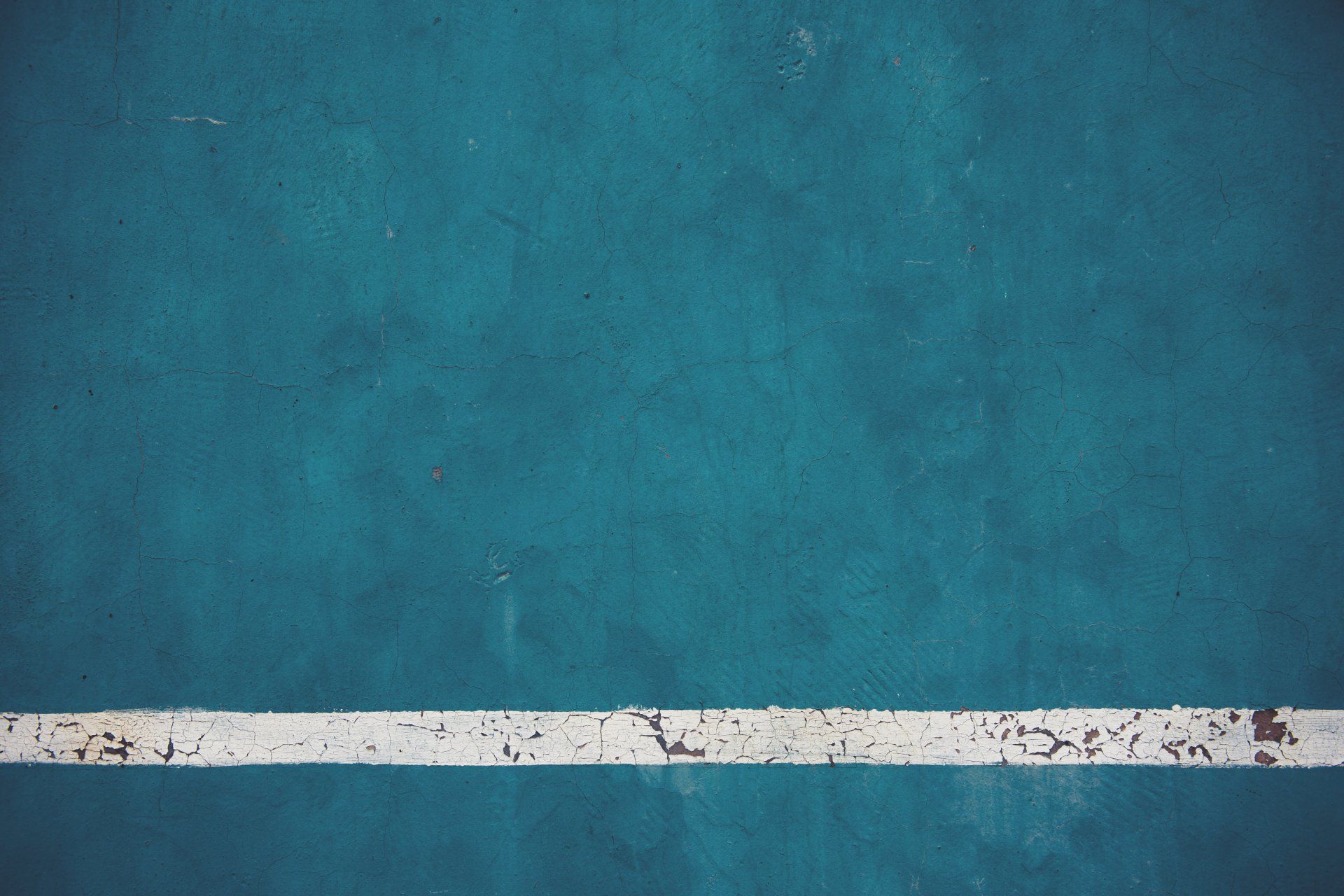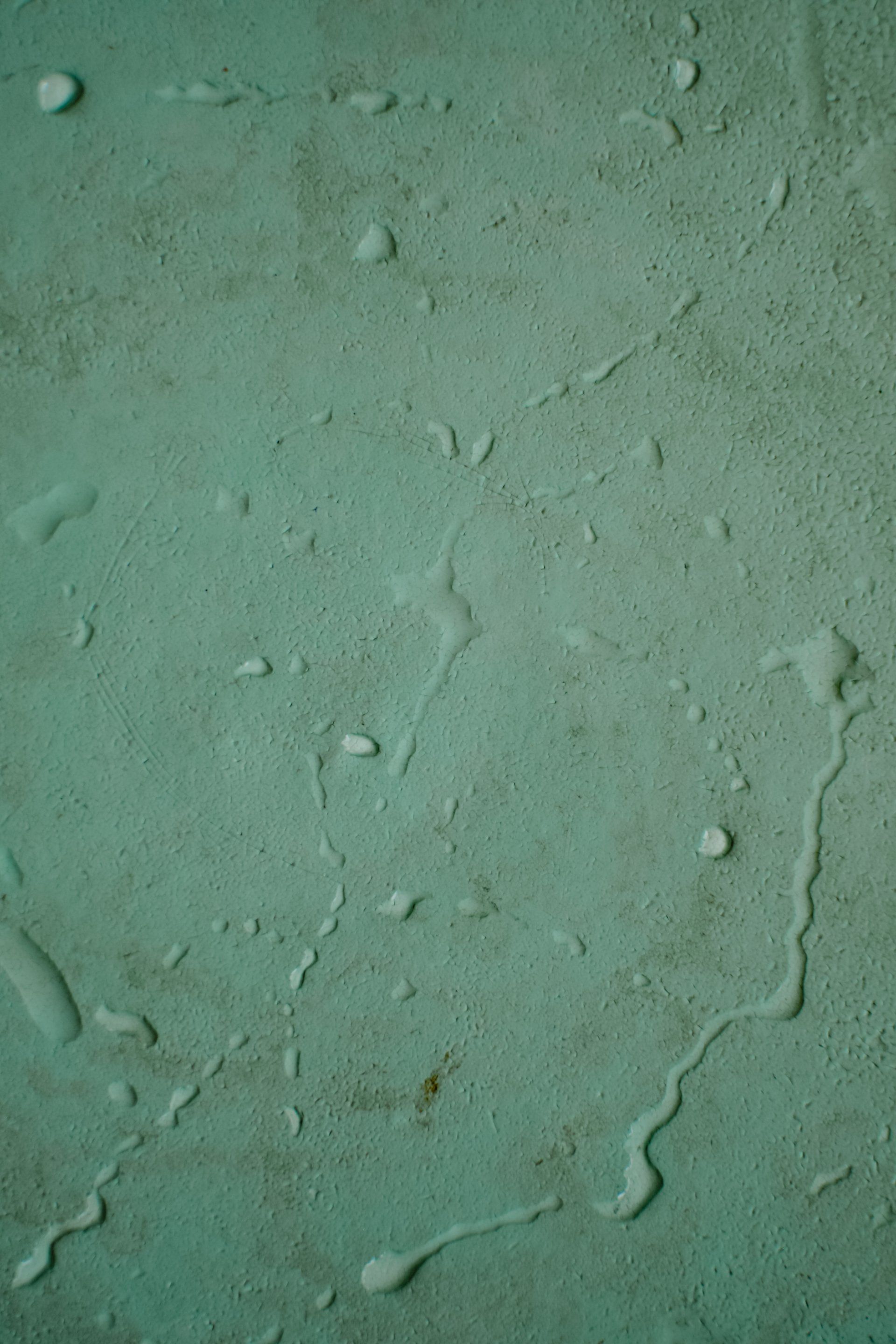Remodeling 101: Modern Plaster Walls
Remodeling 101: Modern Plaster Walls
Are you gazing at walls recently? We're sure we have. It's because the plaster of various forms of transfixing is making an impressive return. Plaster-finished interiors are luminous and have a depth that changes with the lighting, quietly changing the feel and appearance of a home. And there's no painting required: Left in its raw state, plaster is an environmentally sound natural material--breathable and free of chemicals and VOCs.
It's true that plaster walls cost more than painted walls; this is because they're more labor-intensive to put up (most require three coats). They're also generally longer-lasting and beautiful. For interior projects, here are some major categories worth considering, which are illustrated with some of the most loved designs of the past few years.
Before taking the plunge at home, take a look at the specifications for your substrate. All plasters must be bonded to a surface. The bonding process is different for each type and brand, as is the durability and waterproofness of the particular type of plaster. The ability to trowel is required, as well as patience: You need to keep waiting for every layer of plaster to dry.
Clay Plaster
Made up of sand, clay, and pigments, the clay plaster is considered to be healthy; it is often utilized by those who suffer from chemical sensitivities. It is available in powdered form with a variety of earthy tones and sometimes rough finishes. While it's not suitable for use in areas that are wet, like bathrooms and kitchens, clay plaster has water-absorbing (and desorbing) capabilities that make it an ideal humidity regulator in other areas of the home. For application, mix it with water on site (achieving the perfect consistency requires some trial and error) and then apply to a primed, sanded surface in layers of four or five.
Slaked Lime Plaster
That's the kind of plaster walls in your great grandparents' home. Beginning with wood lath, an impermeable "scratch coat" (plaster mixed with aggregates that prevent shrinkage, like horse hair) was then applied, and then followed by the "brown coat" (plaster mixed with sand), then the thin skim coating. Made up of limestone, which has been heated to extreme temperatures to eliminate all impurities, hydrated or slaked lime plaster is an aged form which means that, unlike other alternatives, it isn't necessary to mix it by hand and is not restricted in time for applying it.
Pure white in its most basic form, it is now available in a wide range of shades. Unpainted, just like clay plaster, it soaks in moisture, then releases it. And unlike clay plaster, it can serve in kitchens as well as baths (but should not be exposed directly to the water). If you want, it is possible to add a layer of bee's wax or Marseilles soap may be added.
Ready to work with Avalon Stucco Repair Experts Vancouver?
Let's connect! We’re here to help.
Send us a message and we’ll be in touch.
Or give us a call today at 778-400-6514
More Tips, Tricks & Tools
